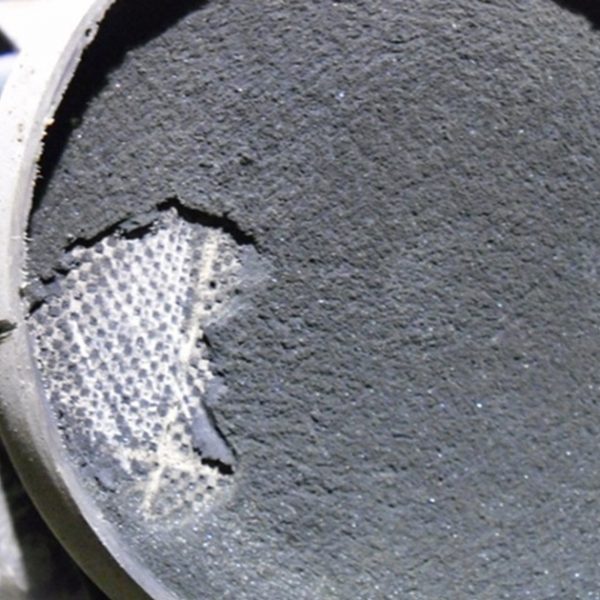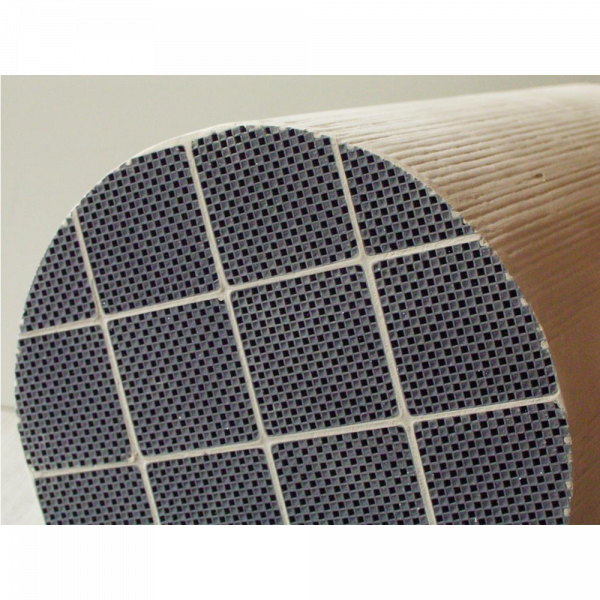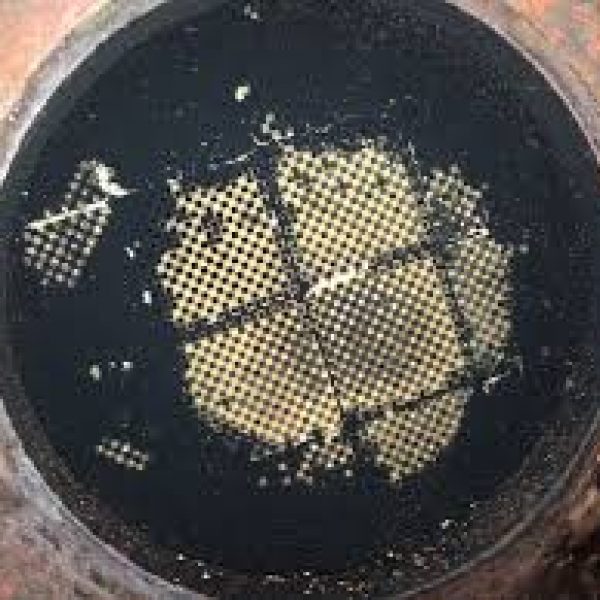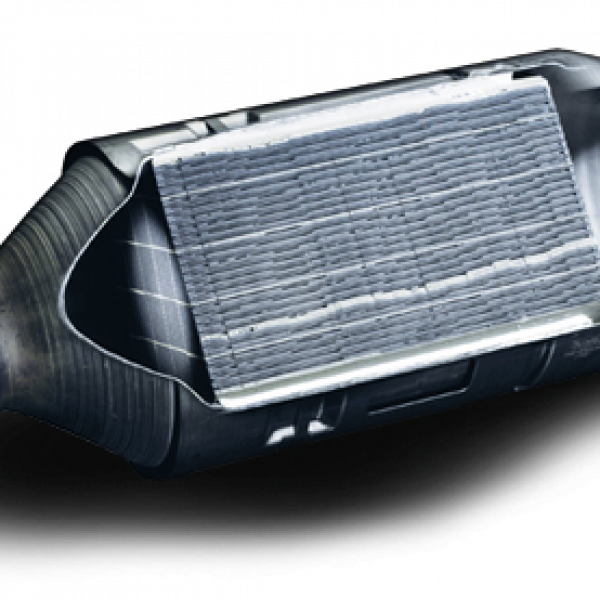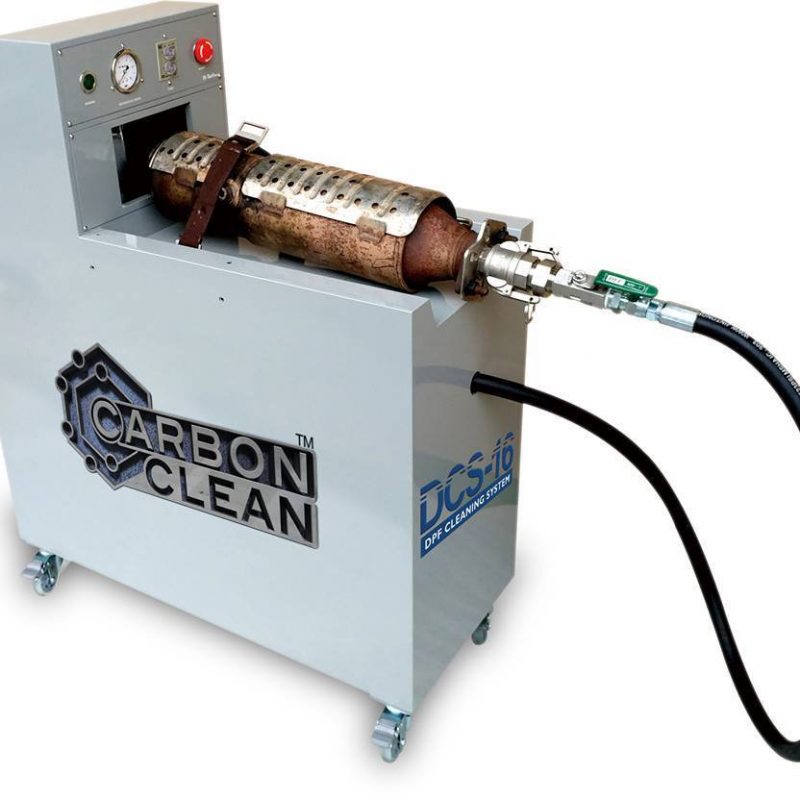D P F SURGERY
Bring your vehicle to us and let us give it the care it needs, a non-functioning DPF will be slowly choking the car to death and we can save it for you before it suffocates and dies completely.
DIESEL PARTICULATE FILTERS
DPF stands for Diesel Particulate Filter, it is a filter fitted to the exhaust system of a vehicle to eradicate as many of the harmful Diesel Particulates as possible.
These particles are so minute that if you filled the circular area of a human hair then you would need around 50-70 particles to do so.
The current maximum of today’s MOT test for Diesel vehicles is 80 ppm (parts per million) so to fail an MOT Test you need slightly more than the area of a human hair full of these particles, so these particles are of course invisible to the naked eye but quite harmful nevertheless.
The reality of modern vehicles is that many of today’s Diesel vehicles actually produce less than 10 ppm and some even less than 2 ppm meaning that they just cannot get any cleaner, modern DPF systems do their job very efficiently but they are reliant on several different components in order to do so.
EMISSIONS
CAT
A CAT Convertor is still needed as part of the DPF Enmissions system. On a Diesel vehicle, it cannot work alone.
DPF
A DPF cannot work alone and needs a CAT to work with to attain Euro 5 Emissions and lower, a DPF is very different to a CAT.
SCR
In 2015 Euro 6 Emission systems were released and the SCR is a new type of filter used to target NoX Emissions specifically
SYSTEMS
CAT Systems
The CAT system requires two Oxygen Sensors to work. One Sensor before the CAT and one after the CAT.
DPF Systems
A DPF also needs Sensors, a DPF Pressure Sensor will be required and on most systems at least two EGT - Exhaust Gas Temperature Sensors
SCR Systems
SCR systems require extra sensors and it will need an AbBlue Injector and at least two NoX Sensors and in some cases, four sensors.
THE NoX Filter
Vehicles fitted with a NoX filter are an absolute minefield of technology and almost all of it is not good but deemed necessary. For me it is overkill, as zero emissions is achievable without going to this level. The easy way to tell if you have some kind of NoX system on your vehicle is by knowing if you need to use ‘AdBlue’. If you need to use AdBlue then you have some kind of NoX reduction system on your vehicle.
This also means it is mega expensive to replace should anything go wrong. A CAT Convertor typically had the unit itself and an Oxygen Sensor before and after. The odd few cars had four and one or two even have eight oxygen sensors but typically there are two as well as the CAT.
The DPF also needs a CAT Convertor and so on a typical Diesel vehicle it will have a DPF and a CAT (although on some vehicles, especially French cars, the DPF and CAT can be housed together inside a single unit. On top of this will be the usual two Oxygen Sensors (sometimes called Lambda Sensors) and also a Pressure Sensor and Exhaust Temperature Sensor.
When understanding the NoX systems, in addition to the parts used in the DPF description, there will be another seven items at least involved. The first is the AdBlue chemical, then we have the NoX Filter itself, a NoX Temperature Sensor and usually four NoX Injectors. This makes a total of typically 13 parts controlling the emissions of a vehicle equipped with a NoX system.
A couple of examples of these systems can be found on any Mercedes model with the BLUETEC badge.
The VAG Group (Audi, Seat, Skoda, Porsche and Volkswagen) use the label BlueTDI on their vehicle (not to be confused with BlueMotion).
PSA – Citroen/Peugeot have found a novel way to achieve the same results by combining everything into a single unit casing and only time will tell about how successful PSA have been.
EMISSIONS SYSTEMS
CAT - DPF - SCR
titanhull@outlook.com
Phone
01482 229520
Address
27-31 Francis Street - HULL
EMISSIONS SYSTEMS
DPF DIAGNOSIS
When it seems the DPF is faulty, around 70%-80% of the time, the DPF fault is caused by another sensor on the vehicle not functioning correctly or possibly the individual’s driving style or even the dreaded wiring of course but certainly the DPF itself always seems to get the blame.
The overall emissions systems on today’s typical vehicle is a complex system with very smart and complex chemistry working well in order to just be able to activate the vehicle’s on-board self-care and self-cleaning procedures.
This is why a DPF Diagnosis is critical before simply removing and cleaning.
We carry out a Diagnosis as part of the DPF Cleaning package to make sure then when we do a DPF job then we look at everything DPF related and not only the DPF Filter itself.

